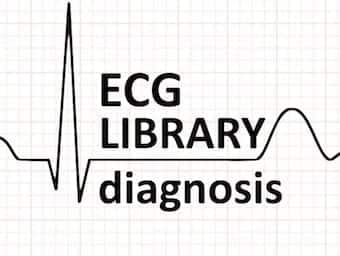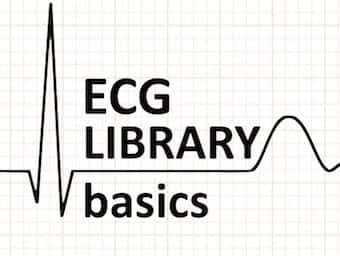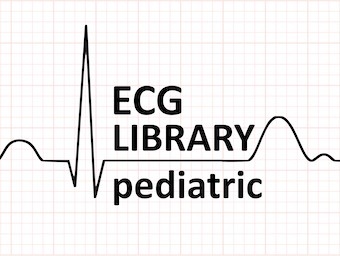VT versus SVT: It’s as easy as ABCDE
The long list of VT "suggestive" ECG features is difficult to recall and apply in real time. Simple ABCDE approach to this common dilemma
The long list of VT "suggestive" ECG features is difficult to recall and apply in real time. Simple ABCDE approach to this common dilemma

Yamaguchi syndrome: Apical hypertrophic cardiomyopathy (AHC) Hypertrophic non-obstructive cardiomyopathy with giant negative T waves

The Osborn wave (J wave) is a positive deflection at the J point (negative in aVR and V1). It is usually most prominent in the precordial leads and most commonly associated with hypothermia.

In patients with AF and pre-excitation, the presence of an accessory pathway allows for rapid AV conduction, with a risk of degeneration into VT and VF

Tachyarrhythmia that occurs in patients with accessory pathways, due to formation of a re-entry circuit between the AV node and accessory pathway

First reported by de Winter in 2008, the de Winter ECG pattern is an anterior STEMI equivalent that presents without obvious ST segment elevation

ECG lead positioning. V4R, right sided ECG, Lewis lead, 3-lead, 5-lead, 12-lead ECG and electrode placement on chest and limbs

A review of common arrhythmias seen in the paediatric population, with a focus on SVT and WPW

Stepwise assessment of the paediatric ECG, including rhythm, rate, axis, intervals, ST segments and Q/P/T/U waves

A review of the paediatric ECG lead placement, in particular the use of V4R in children under five years of age

A review of the normal ECG findings and variants in paediatric patients of differing age groups

Takotsubo Cardiomyopathy (TCM) is a transient wall motion abnormality of the left ventricular apex associated with severe emotional or physical stress that usually resolves completely